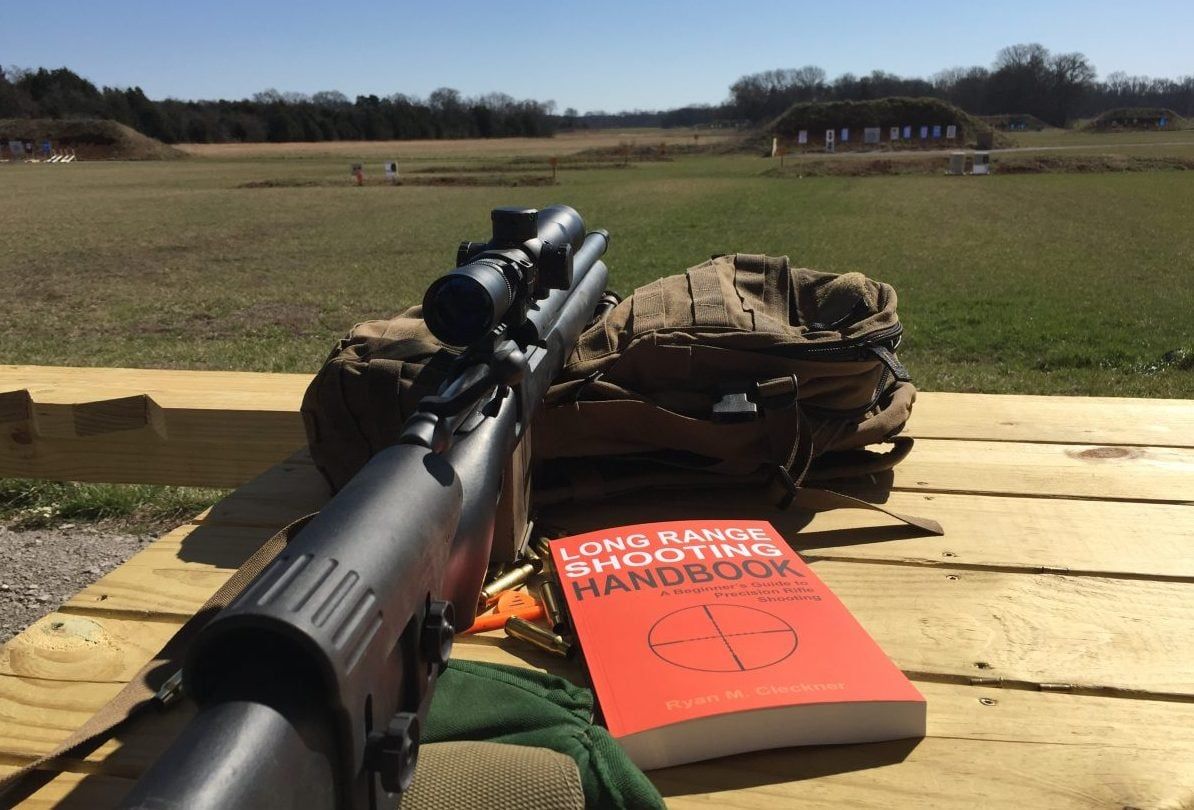
AR-15 precision long range shooting does not have to be a mystery. The information is out there, although it can be intimidating to start. To help, ARBuildJunkie reached out to the man who literally wrote the book on the subject, Former Army Ranger sniper team leader and best selling author, Ryan Cleckner. His book, the Long Range Shooting Handbook is an Amazon #1 Bestseller and is widely considered the go-to resource on the topic.
Q: Ryan, thanks for sitting down with us. Can you give our readers background on who you are, and what led you to want to write a book on the topic of long range shooting?
A: I was born and raised hunting in the southwest in Arizona. I joined the military and ended up in 1st Ranger Battalion. After a few years there, I ended up going over to the sniper section, and then deployed in the Global War on Terror as a sniper to Afghanistan.
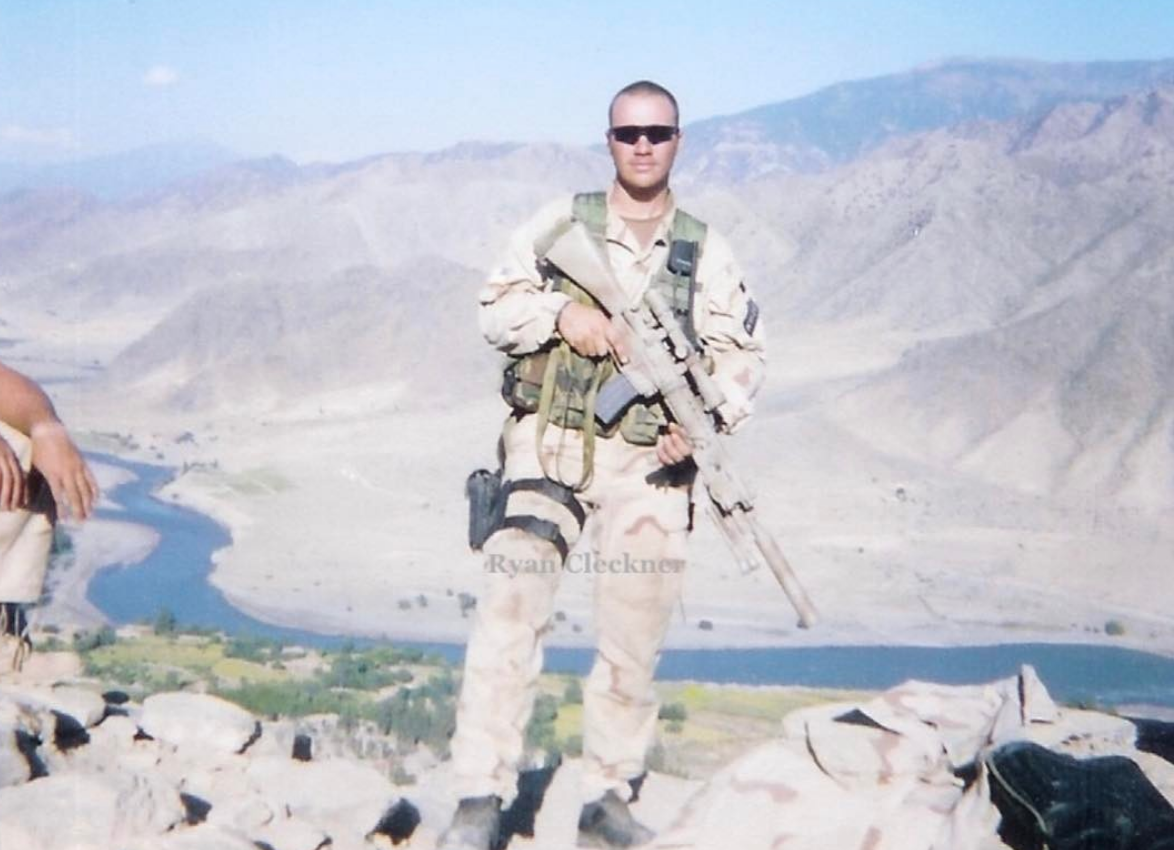
Right when Iraq was starting up is when I got out, so I never got the pleasure of going to Iraq, but I did Afghanistan twice.
I left the military and went back to college. Most of the decisions I have made in my life, I have done on a whim just because I am looking for a challenge or something new. Even the military, I never grew up wanting to be in the military…it just happened. I got bored after college. I taught at a government-contracted sniper school for years in Phoenix, also teaching a bunch of outdoor classes at the local community college, and…I just got bored.
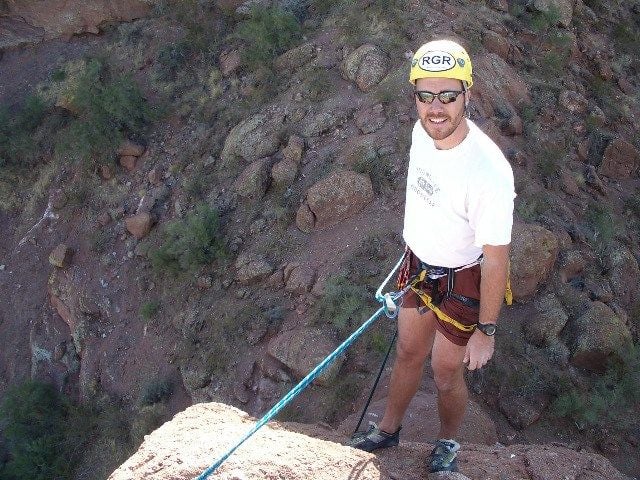
The next challenge was to go to law school. Now, I never wanted to be a lawyer either. I just decided to do it. I became a lawyer and started working for the National Shooting Sports Foundation (NSSF), where I worked as a Government Relations Manager. From there I moved on to Remington, where I ended up being Vice President of Remington Outdoor Company. I left there because I was traveling like crazy, and decided to go on my own for ATF compliance and things like that. What I did was start to represent clients, and I decided I also wanted to write a book because the long-range videos I did with the NSSF have always been well received.
Q: Why do you think your videos were so successful?
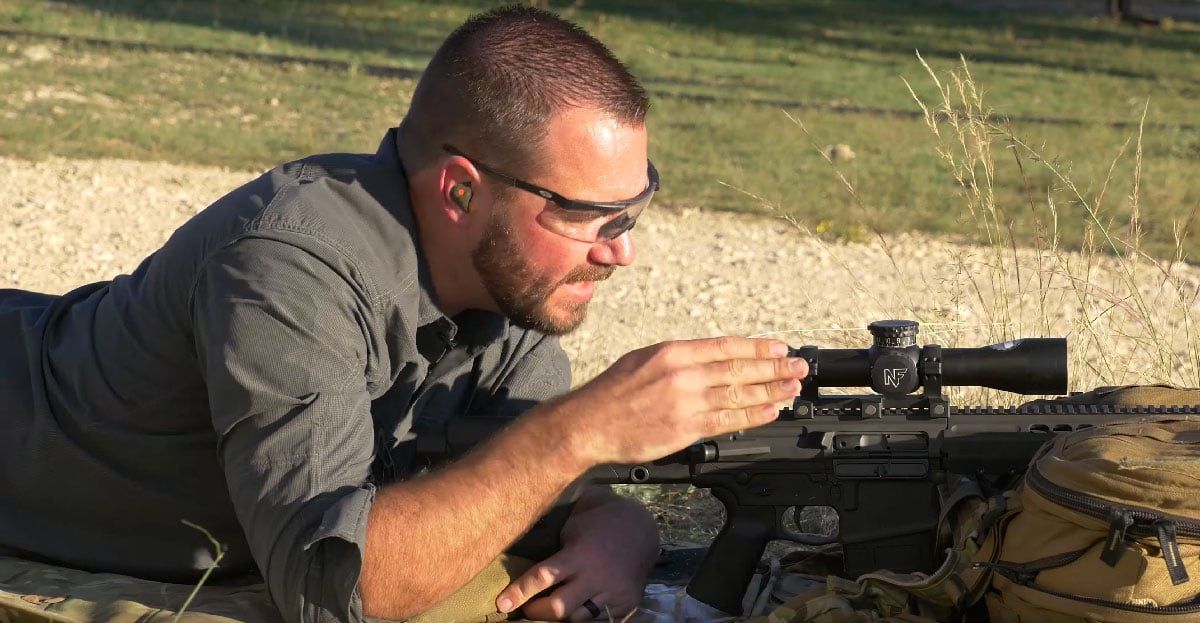
A: I don’t over complicate things, or I try not to. So many guys, when it comes to talking about long-range shooting, well, they try to make it seem like such an exclusive club. “It is so hard, it is so tough, look how amazing I am and you could never do this.” That would just drive me
If my brand was anything in those videos, it was telling people: “Stop sweating all the crazy details. Yes, they matter but not for you yet. Let’s focus on the basics. This is not that hard to understand. You can do this.” Where I think other people take the opposite approach, which is a shame. I realized if that’s my brand, I want to write a book that takes the same approach.
So, the book is broken down into three chunks. The first chunk is “what it is.” The second chunk is “how it works”. The third chunk is “how to use it.” I start out chapter one with firearms safety. Chapter two is parts of the gun. I talk them through things like the difference between chambering and calibers. What is the crown and rifling, and all of the details a lot of guys think is beneath them. But, afterwards they all seem to come back and admit they learned something by going to the basics.
In the “how it works” section, I go over what MOA is, and mils, and environmental effects, and how those things can change your approach.
Finally, the “how to use it” section puts it all into practice the best I can in a book…with the same approach of: “Hey man, simple enough is good enough. Stop worrying about the spin of the earth and sitting there with a slide rule trying to calculate that butterfly flying by at the range and what effect that is going to have on your bullet, and taking 10 minutes to figure out this big calculation, then jerking the trigger and missing anyway.”
So, I threw the book up on Amazon to self-publish it…because why not? I also reached out to a few publishers who either didn’t respond or said “no thanks.” I
It just took off a little over two years ago, and then all the publishers came running, to which I said “too late.” It’s sold 65,000 copies to date, just being a basic, “how to get into long range shooting” book.

Q: To someone who is looking to enter the world of long range shooting with their AR-15, what advice would you give them in regards to their rifle build?
A: With long-range ARs, I would only worry about the barrel and the trigger. Even if you have a budget AR and you just want to upgrade some parts and you put a decent quality barrel on it and a nice trigger, you are going to be fine.
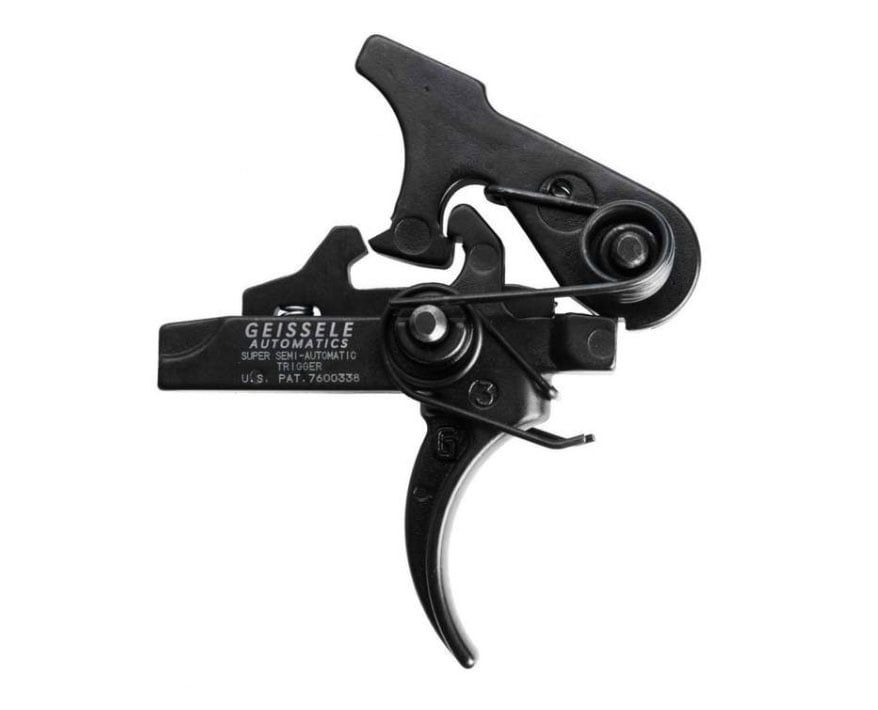
Q: Any big mistakes you see builders make?
A: The biggest hang-ups I see are they try to buy a really nice barrel with a really cheap bolt and it is not head spaced properly or doesn’t work properly for them. Or they try to do a premium barrel and a crappy trigger. And it is not that you can’t shoot accurately with a bad trigger. You can. It is just that you are the most inaccurate part of the system.
We’re talking about accurate rifles. If you have an accurate rifle, you are the worst part of the system. The less you can have yourself imparted on the rifle, the better off it is going to be. A precision rifle does better
Q: On your podcast, I’ve learned you have a preference when it comes to triggers on your long-range guns. Can you fill our readers in and let us know why?
A: I really like 2-stage triggers, especially on ARs, because it allows you to get all the safety of the total pull weight. You can easily have a
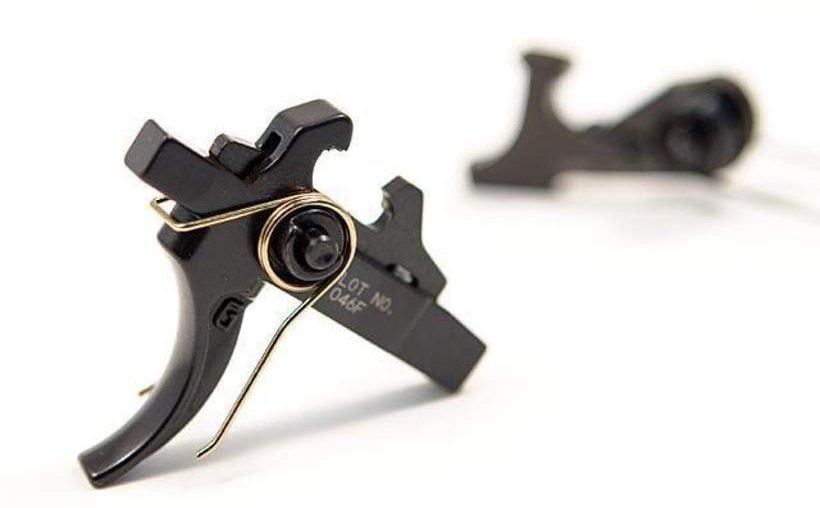
As far as which trigger…The Giessele SSA-E is my favorite trigger for sure. SSA works
Q: Barrels are another big question that many shooters have for AR-15 precision long range shooting. What does your experience say to go with?
A: As far as barrels go, if you want a dedicated precision .223, I love an 18” barrel with a 1/7 or 1/8 twist to mimic the SPR. My favorite gun, by far, was the MK12 SPR MOD 1 with the Knight’s Armament rail. It had a Colt M16A1 lower that looked like it was from Vietnam. It had a fixed buttstock we changed to a collapsible buttstock just because it was easier to carry around.
(editor’s note: for a great overview of the MK12, you’ll want to check out this article.)

I like the 18” barrel on these rifles because they really help get you the velocity you need for long range. As far as ammo, as that’s another common question, I’d shoot 75 or 77-grain match grade ammo.
Q: Is there a 18 ” barrel you’d recommend we go with for AR-15 Precision Long Range Shooting?
A: Shoot your existing barrel first, and if you can get a minute of angle out of your gun, then leave it alone. People spend way too much money and time chasing the elusive smaller and smaller group.
Let me repeat that: Out of an AR-15, especially if you are new to this, if you are shooting one minute of angle out of your gun, leave it alone. That’s awesome. Go shoot and practice and enjoy the barrel. Shoot the snot out of it. You can get a lot of training and a lot of experience on that existing one minute of angle barrel. Then if you really want to chase a smaller group and upgrade, fine. Go ahead and upgrade.
Philosophy on Barrels for AR-15 precision long range shooting
I treat a barrel like you treat tires on a car. So many guys buy it like it’s the engine…like it’s the last purchase they should expect to make for the life of that car. It’s not true. Barrels need to get replaced when you shoot them out. Don’t get all invested in the barrel and take off a perfectly good barrel and set it on your shelf to collect dust when you could have been using it.
Brand Selection
To answer your question though, some of the best barrels out there …you can’t go wrong if you get a JP barrel. White Oak makes nice barrels. Heck, even the cheap DPMS barrel they call the MK12, that’s like a 60 dollar barrel…I’ve thrown that on guns just to play around, and I’ve had phenomenal results with it. For me, if it’s good enough quality, you can have a lot of fun with a one-minute barrel. Remember, one minute is a 10-inch group at a 1,000. You’re telling me people wouldn’t be happy with that out of an AR-15? Of
Q: Are there any accessories for these builds we should consider for AR-15 precision long range shooting?
A: For accessories, I’d really recommend an ambidextrous safety. I think accurate AR shooting, in part, involves not gripping the pistol grip. I find so many people over-grip the gun when they are shooting. You can tell by watching someone shoot and looking at their thumbnail. You can watch the capillaries turn white on their thumbnail because they are gripping the gun so tight.
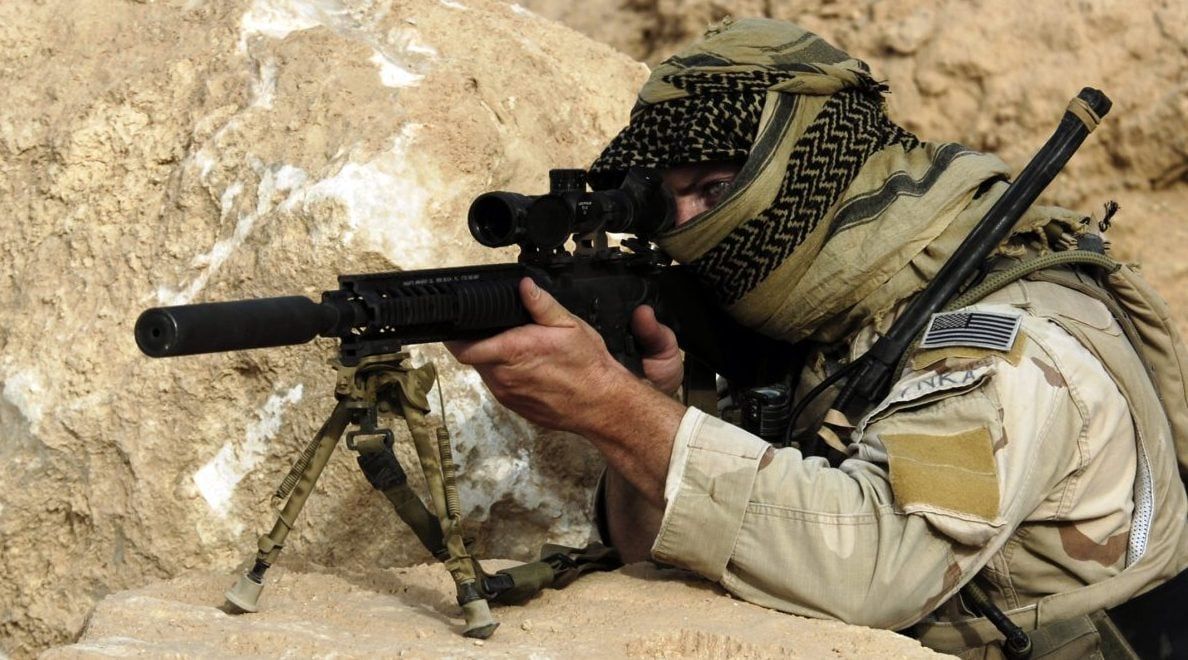
That grip on an AR is meant for control, but we just talked about the best way to shoot a gun is to impart as little control on it as possible. Very often, I will just have a shooter take their right-handed thumb (if they are a right handed shooter) and bring it around to the same side of their fingers, wrapping it around the other side of the gun so they are not gripping the pistol grip, but rather just applying reward pressure. Very often their groups and precision improves.
I run the safety normally when I run the AR-15 normally, but if I have the time to sit down and take an accurate shot, then it means I have enough time to get my thumb over to the other side and pay careful attention to my trigger control, and I can still operate the safety on the other side.
Q: Any advice when it comes to muzzle devices for AR-15 precision long range shooting?
A: Personal preference. I like shooting with muzzle brakes because
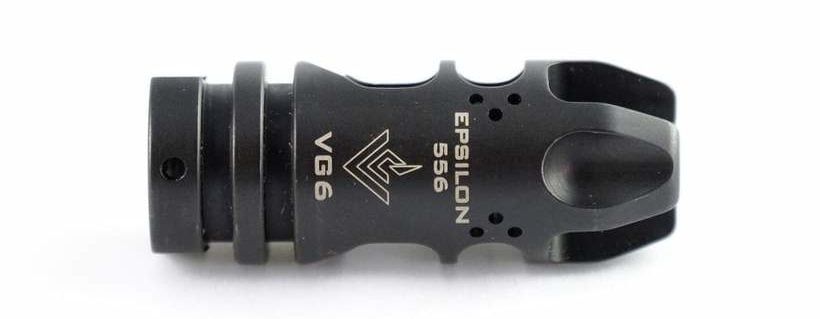
So now, with a good muzzle brake on it, even at distance, you can shoot, keep the trigger to the rear and then watch your impact on the target. Definitely not necessary, but neat. Now, if you get a muzzle brake, you need to get a quality one.
This is because I have seen cheaply made muzzle brakes cause accuracy issues. I don’t know if it was the concentricity of the holes or what it is. I throw the AAC muzzle brake on mine because I used to work for the company and I have a box full of them. Just don’t buy one from Amazon, that’s all. (laughs)
Q: Speaking of optics…this is where it gets very intimidating for me, not only from a price standpoint, but just the sea of options. Schmidt & Bender, Nightforce, U.S. Optics, Kahles, Tangent Theta, Leupold, Vortex…I hear so much about each of these. What should we be looking at for AR-15 precision long range shooting?

how well you missed.”
A: What you should be looking for in an optic is repeatable adjustments. We can all disagree on what clear glass is or how clear glass helps, or what type of reticle or magnification range. All I really need is repeatable adjustments above everything else. Buying a scope that looks really cool in the store but doesn’t adjust the same every time…you’re never going to hit the target. You’re going to see really
Why What Your Buddy Shoots Matters
If I were starting over, I would start with mils. Mils just make more sense, but I learned on minutes and I think in minutes so I’m an old dog that uses minutes. Now even though I just said that, if I could start over, I’d go with mils…if all my buddies I went shooting with used minutes, I would use minutes too. This is because it makes no sense to get a “superior system” if you’re not going to speak the same language as everyone else. It is so much easier to talk to each either and spot for each other in the same unit.
Q: Preference on magnification for AR-15 precision long range shooting?
A: It goes back to personal preference, but I think 10 power is the maximum you should be going with on an AR-15. Its not going to be a super long range rifle. Now that’s very, very subjective, right? There are plenty of cases you could make for higher-magnification scopes. I’m talking about general purpose where you’re trying to build yourself an SPR, essentially. It’s a half tactical run-and-gun and half precision rifle. So for that, don’t go above 10 power. Its going to be too hard to find the target, and the scope is going to be too big.
Leupold
Frankly, I’m sad they are getting rid of the Leupold Mark IV line. I loved that. On my military SPR, it was a perfect little scope. It doesn’t weigh much, doesn’t make the rifle top heavy, sits nice and low to the rifle with a great magnification range and good adjustments.
Vortex
On my rifles now, I run the Vortex Razor Gen II, 1-6 power. And no, it’s not as much magnification as I’d like when I’m shooting at 1,000…but then again,
I think that Razor Gen II is the best you can get, honestly. I know Kahles is making some nice scopes. Regardless of price, I would take that Razor Gen II. It’s a tank. It is amazingly repeatable in its adjustments. Just for fun, I’ve drawn patterns on paper at 100 yards with it just by making the adjustments…made dotted line patterns by aiming at the same spot I adjusted the scope around. It is so clear and usable at the 1 power that most people when I show it to them they make the same noise I did, like “woooooow!”
Nightforce
The Nightforce 1-8, that thing is amazing. It’s gonna really change the market. It’s a really hot scope, but its pricey, so if you’re budget conscious, that’s not it.
Budget Optic Advice
If you are budget conscious, I’d stick to around the 1,000 dollar line, maybe the 800 dollar line for a scope. And then, if you are going to upgrade anything once you have a decent rifle, go with a nicer scope. Because you can always sell a rifle and upgrade. But it is really hard to sell a used scope to upgrade. If you have to pick one or the other, buy the nicer scope because you are probably going to be stuck with it, whereas a rifle you can always sell it and get a nicer one later.
Q: I see debate around bipods being a useful accessory or not. What’s your opinion on a bipod as a necessary piece of equipment for a precision long-range AR-15 build?
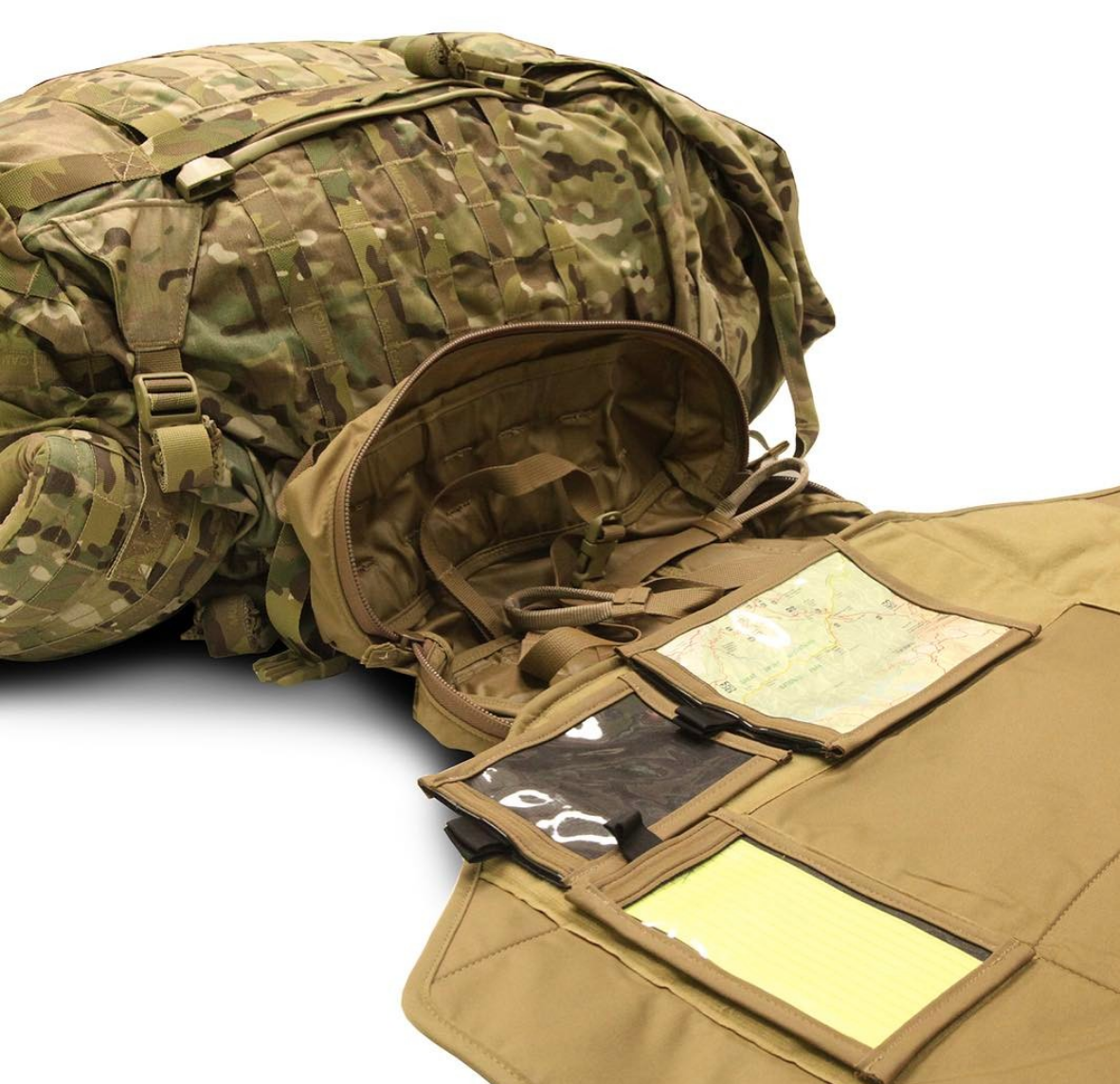
A: You do need a rest if you really want to shoot as well as you can, but I don’t like bipods. They make the gun unnecessarily heavier and they are not as practical as people think. A bipod to me is a kickstand for the rifle to hold it when I am not shooting it. You get the best accuracy shooting off of a bag, especially if you are going to use an AR for precision shooting.
So if you’re going to have a tactical style set up…the rifle and the bag should always go together. In that bag should be your dope card, your binoculars, sand socks, extra ammo and magazines, extra parts, your rangefinder, maybe a jacket or raincoat, water…things like that.
When you pick up the rifle, the backpack should go with it. And when I lay down in the prone, the backpack flies off and lays in front of me and I rest the rifle on top of the bag. That gives me a nice stable platform. It is super easy to change the height and direction too. I just fluff the bag up, or turn the bag or I dig the rifle down in the bag deeper so I can change height and rest really easily. It also works on any surface I am on…a rooftop, car hood, grass or whatever. And it keeps it consistent. A bipod will balance differently off the hood of a car than it would off of moist grass. I don’t want that inconsistency. I love having the same platform for the rifle no matter where I am shooting.
###
Thanks to Ryan Cleckner for taking the time to speak with us about AR-15 Precision Long Range Shooting. We’ll be speaking more with Ryan in the days and weeks ahead about a variety of topics, but to stay up to speed on what Ryan is up to, including a gun safety book for children, RocketFFL and the Mayday Safety app which is an effort to help reactions to emergencies by providing a school safety program and tools, visit his website at ryancleckner.com his newest venture at gununiveristy.com. Also be sure to check out his podcasts at https://ryancleckner.com/podcasts/

7 - 7Shares


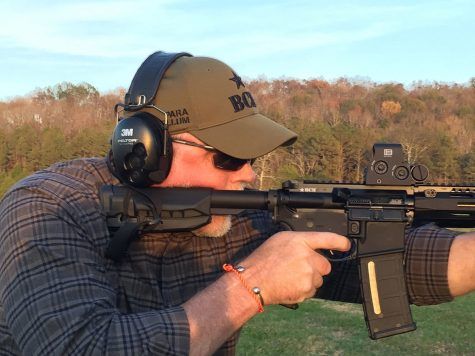
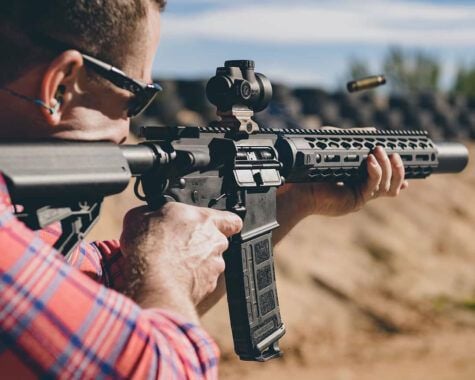
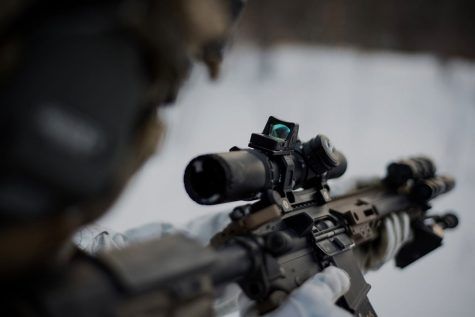
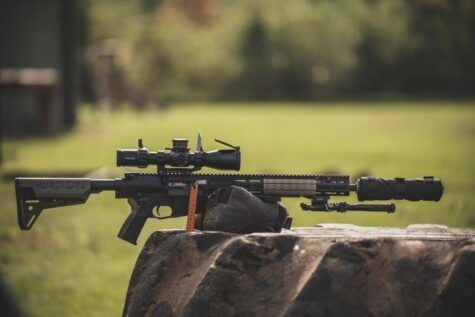
Its really impressive post that you have given here, thanks